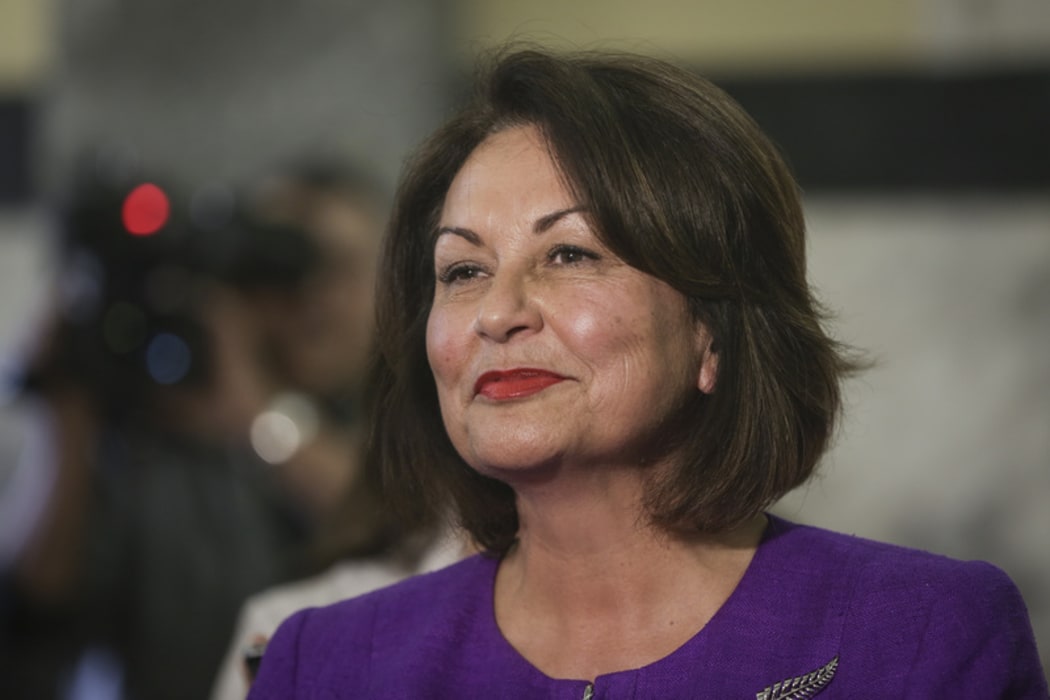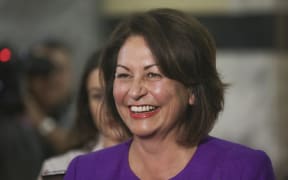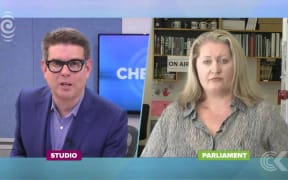Power Play - Hekia Parata's announcement she is stepping down at next year's election came as a surprise to many. Jane Patterson looks back at the testy times of the Education Minister.

Hekia Parata Photo: RNZ / Rebekah Parsons-King
Ms Parata announced yesterday she will stand down at the election next year.
Hekia Parata attracted some national attention when she and husband Wira Gardiner quit the National Party in 2005, in protest at the then leader Don Brash's stance on Māori and the Treaty.
She returned to the party under the leadership of John Key and before long was in the Cabinet, but did not have the best start to a ministerial career.
Ms Parata enraged teacher unions and parents around the country in 2012 when, as a new minister, she tried to push through a policy that would mean larger class sizes and the closure of some school technology blocks.
Made worse by the fact National Party ministers had not uttered a peep about the changes during the recent election campaign, the government had to admit defeat and abandon its policy.
Then the Novopay bomb dropped, with Ms Parata at the helm and one of the ministers who had given the faulty school payroll system the green light.
That was quickly handed to National's "Mr Fixit", Steven Joyce.
But perhaps one of the most fraught situations she had to deal with was the reorganisation of the school system in Canterbury following the 2011 earthquakes.
That involved either the merger or closure of several schools, and families already traumatised and displaced.
The minister and her ministry came under heavy criticism for what many saw as their callous approach.
Not the least of which was gathering school principals in a hall, giving them a coloured badge, then telling them their badge signified whether their school would stay open, close or be merged.
Ms Parata said she has learned a lot from those early years, in particular about the value of genuine consultation and bringing the unions 'into the tent' for major decisions affecting the sector.
She also appears to have made an effort to communicate in more straightforward way, having got the reputation as a minister who tried to bamboozle with jargon. As a reporter you could interview Ms Parata for 10 minutes and come away realising she had not actually said much that meant anything.
Under less pressure in recent years, Ms Parata has been more relaxed and open with the media, although "deliverables", "learnings" and "measurable outcomes" still pepper her speech.
She has also been unapologetic about raising the educational achievement of Māori and Pasifika students, which has earned her plaudits ahead of her planned departure next year.
As a minister she has enjoyed the strong public support of Prime Minister John Key who, a few years ago, under pressure to sack her, described Ms Parata as the "best communicator" in Cabinet.
Putting any ability aside, she has also added to the diversity of the Cabinet, as a woman and as a fluent speaker of Te Reo, allowing the National Party to present a face and a voice that has not always been present in its senior ranks.





